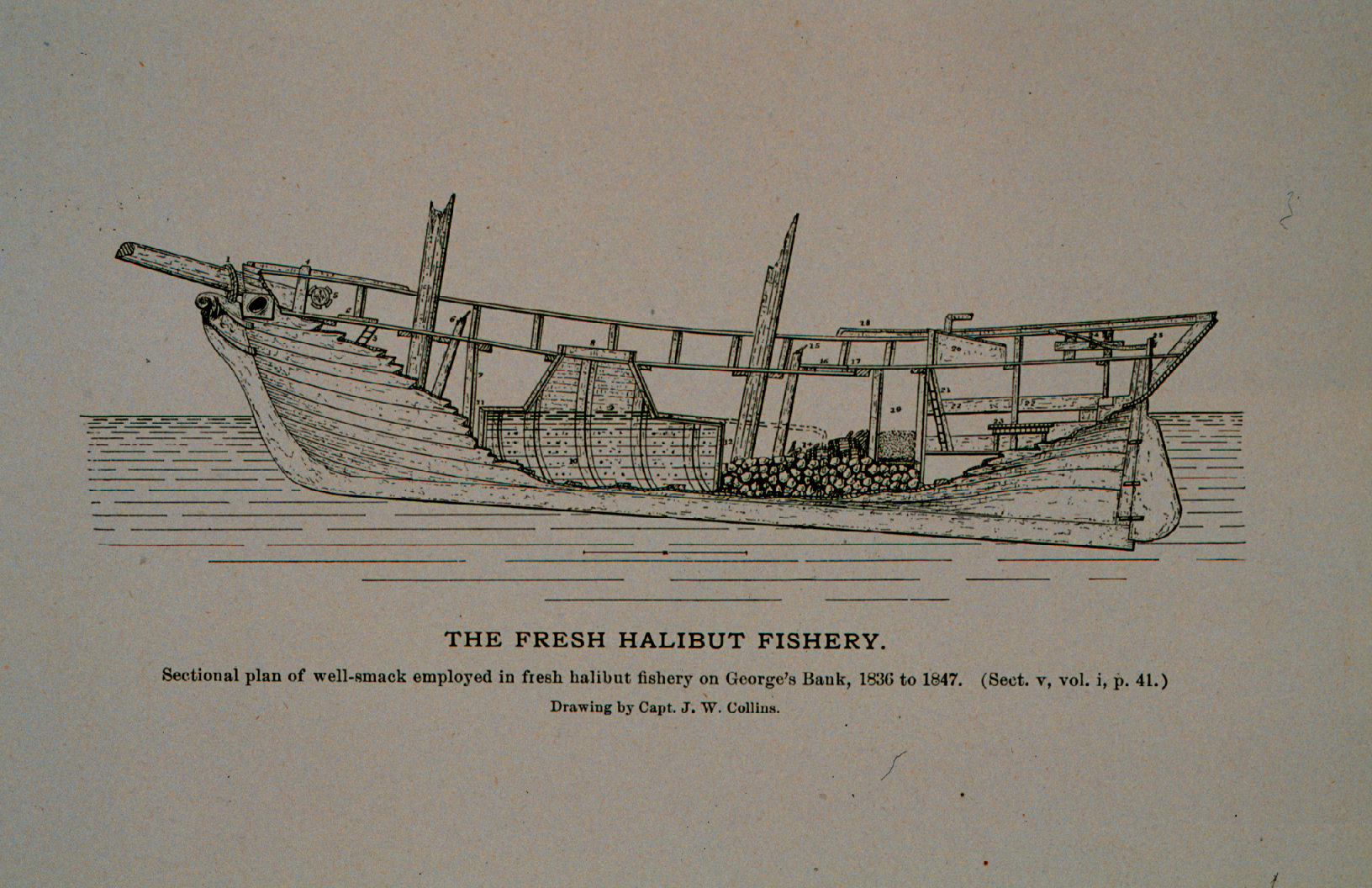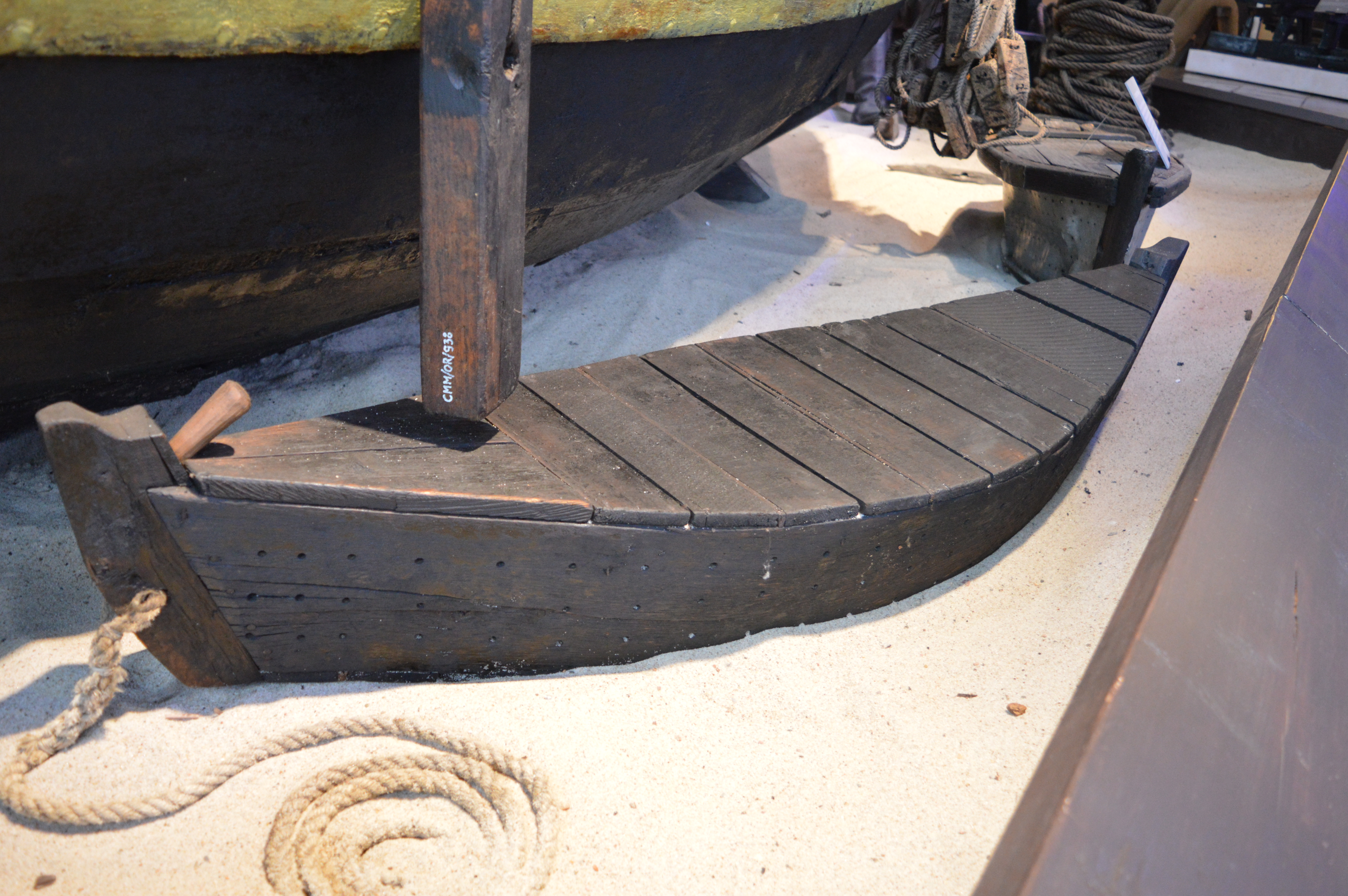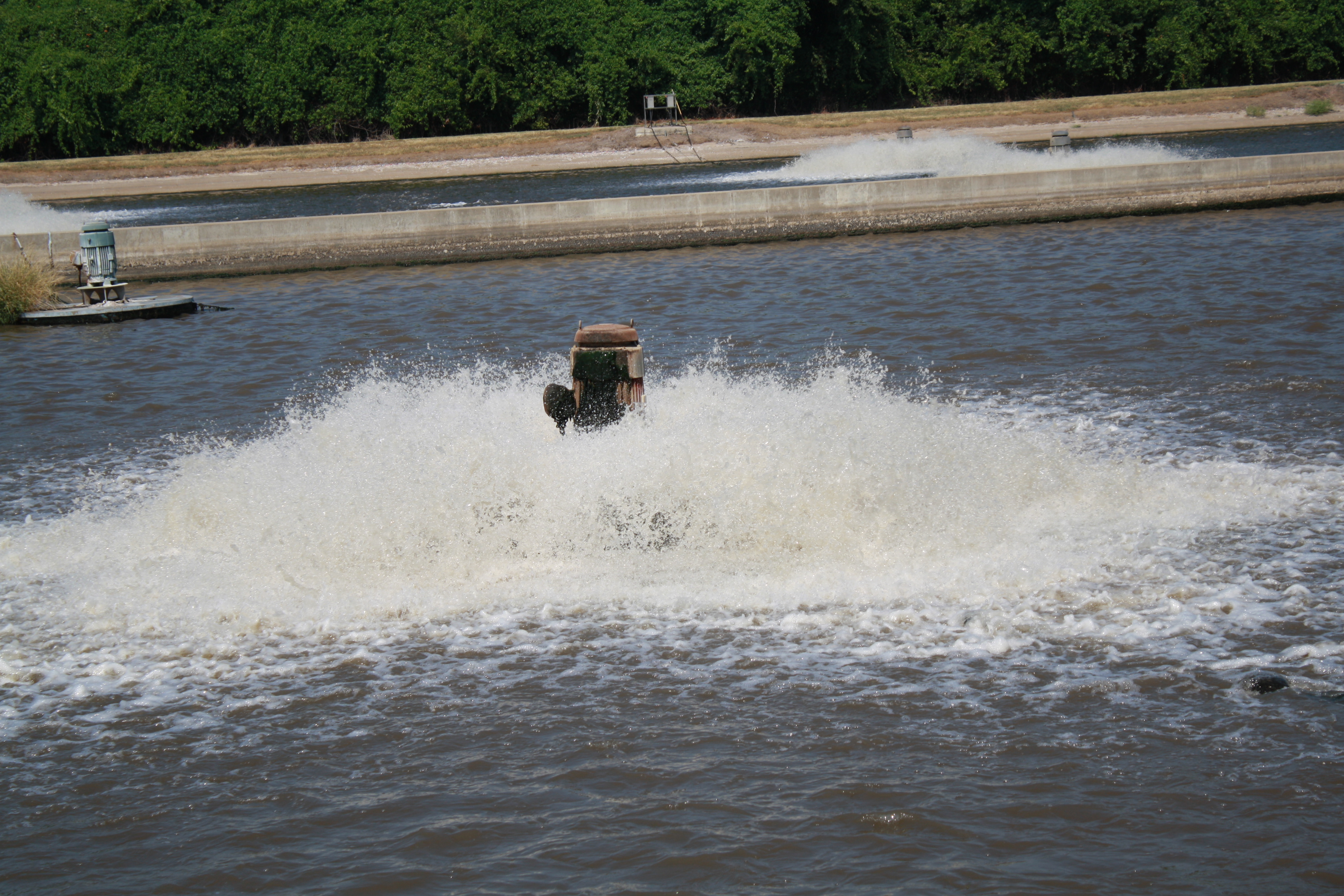|
Corf
A corf (pl. corves) also spelt corve (pl. corves) is a container of wood, net, chicken wire, metal or plastic used to contain live fish, eels or crustaceans (such as crayfish) underwater, at docks or in fishing boats. Origin of term 1350–1400; Middle English from Dutch and German ''Korb'', ultimately borrowed from Latin ''corbis'' basket; cf. ''corbeil'' History Corves were originally crucial to keep captured fish fresh until the boat with the catch reached its harbor. A corf could be towed behind the boat while fishermen made the journey from the fishing grounds to the fish market. These journeys could last up to half a day. When used for storing eels in Blekinge, Sweden, the corves could be as large as and contain about of eels. They would be anchored approximately from land in an area where the water circulation was good to keep the eels alive. Smaller corves were often used in fishing boats to keep live bait for longline fishing. The corf could also be built into th ... [...More Info...] [...Related Items...] OR: [Wikipedia] [Google] [Baidu] |
Corf
A corf (pl. corves) also spelt corve (pl. corves) is a container of wood, net, chicken wire, metal or plastic used to contain live fish, eels or crustaceans (such as crayfish) underwater, at docks or in fishing boats. Origin of term 1350–1400; Middle English from Dutch and German ''Korb'', ultimately borrowed from Latin ''corbis'' basket; cf. ''corbeil'' History Corves were originally crucial to keep captured fish fresh until the boat with the catch reached its harbor. A corf could be towed behind the boat while fishermen made the journey from the fishing grounds to the fish market. These journeys could last up to half a day. When used for storing eels in Blekinge, Sweden, the corves could be as large as and contain about of eels. They would be anchored approximately from land in an area where the water circulation was good to keep the eels alive. Smaller corves were often used in fishing boats to keep live bait for longline fishing. The corf could also be built into th ... [...More Info...] [...Related Items...] OR: [Wikipedia] [Google] [Baidu] |
Well Smack
A well smack was a type of traditional fishing boat in use in the United Kingdom and then the Faroe Islands between the late 18th century and around 1920. It had a well amidships. The well was filled with circulated external water, which kept fish alive until delivered to land and sold. It was a modified form of a fishing smack. History Between roughly 1775 and 1875, "well smack" referred to a 50-foot gaff cutter used in long-lining for cod, ling, turbot, and other bottom-living sea fish. These vessels were also known as cod boats. From roughly 1875 to 1920, they were extended to make 80-foot gaff ketches, sometimes by the cut-and-shut procedure. Some were built as new 80-foot welled smacks; some were turned into dry ships for use with ice. Structure and usage These smacks were heavy-hulled with a draught of two fathoms. They were buoyant fore and aft, with the well contained amidships. Augur holes were drilled in the sides of the hull so that water could flow freel ... [...More Info...] [...Related Items...] OR: [Wikipedia] [Google] [Baidu] |
Live Fish Trade
The live fish trade can refer to the live food fish trade (for human consumption) or to the ornamental fish trade (for aquariums). The fish can come from many places, but most comes from Southeast Asia. The live food fish trade is a global system that links fishing communities with markets, primarily in Hong Kong and mainland China. Many of the fish are captured on coral reefs in Southeast Asia or the Pacific Island nations. Consumer demand Within the live food trade there are certain types of fish demanded more often by consumers, particularly smaller and medium-sized fish. According to the book While Stocks Last: The Live Reef Food Fish Trade consumer demand has caused the fish captured on coral reefs to be the most valued fish in the trade. Consumers are important because they are directly purchasing these fish species at restaurants and stores. In addition to these types of fishes, many juvenile fish are used for the live food trade. There are also cultural and regiona ... [...More Info...] [...Related Items...] OR: [Wikipedia] [Google] [Baidu] |
List Of Listed Buildings In Kilmorack ...
This is a list of listed buildings in the parish of Kilmorack in Highland, Scotland. This contains the town of Beauly, as well as an area extending to the west along the north side of the River Beauly, including Struy, Cannich, and Glen Affric. List Key See also * List of listed buildings in Highland Notes References * All entries, addresses and coordinates are based on data froHistoric Scotland This data falls under thOpen Government Licence {{Reflist Kilmorack Kilmorack ( gd, Cill Mhòraig) is a small hamlet in Inverness-shire, in the Highlands of Scotland and now in the Highland Council area. It is situated on the north bank of the River Beauly, west of Beauly and west of the city of Inverness. The ... [...More Info...] [...Related Items...] OR: [Wikipedia] [Google] [Baidu] |
Well Smack
A well smack was a type of traditional fishing boat in use in the United Kingdom and then the Faroe Islands between the late 18th century and around 1920. It had a well amidships. The well was filled with circulated external water, which kept fish alive until delivered to land and sold. It was a modified form of a fishing smack. History Between roughly 1775 and 1875, "well smack" referred to a 50-foot gaff cutter used in long-lining for cod, ling, turbot, and other bottom-living sea fish. These vessels were also known as cod boats. From roughly 1875 to 1920, they were extended to make 80-foot gaff ketches, sometimes by the cut-and-shut procedure. Some were built as new 80-foot welled smacks; some were turned into dry ships for use with ice. Structure and usage These smacks were heavy-hulled with a draught of two fathoms. They were buoyant fore and aft, with the well contained amidships. Augur holes were drilled in the sides of the hull so that water could flow freel ... [...More Info...] [...Related Items...] OR: [Wikipedia] [Google] [Baidu] |
Dock (maritime)
A dock (from Dutch ''dok'') is the area of water between or next to one or a group of human-made structures that are involved in the handling of boats or ships (usually on or near a shore) or such structures themselves. The exact meaning varies among different variants of the English language. "Dock" may also refer to a dockyard (also known as a shipyard) where the loading, unloading, building, or repairing of ships occurs. History The earliest known docks were those discovered in Wadi al-Jarf, an ancient Egyptian harbor, of Pharaoh Khufu, dating from c.2500 BC located on the Red Sea coast. Archaeologists also discovered anchors and storage jars near the site. A dock from Lothal in India dates from 2400 BC and was located away from the main current to avoid deposition of silt. Modern oceanographers have observed that the ancient Harappans must have possessed great knowledge relating to tides in order to build such a dock on the ever-shifting course of the Sabarmati, a ... [...More Info...] [...Related Items...] OR: [Wikipedia] [Google] [Baidu] |
Listed Building
In the United Kingdom, a listed building or listed structure is one that has been placed on one of the four statutory lists maintained by Historic England in England, Historic Environment Scotland in Scotland, in Wales, and the Northern Ireland Environment Agency in Northern Ireland. The term has also been used in the Republic of Ireland, where buildings are protected under the Planning and Development Act 2000. The statutory term in Ireland is " protected structure". A listed building may not be demolished, extended, or altered without special permission from the local planning authority, which typically consults the relevant central government agency, particularly for significant alterations to the more notable listed buildings. In England and Wales, a national amenity society must be notified of any work to a listed building which involves any element of demolition. Exemption from secular listed building control is provided for some buildings in current use for worship, ... [...More Info...] [...Related Items...] OR: [Wikipedia] [Google] [Baidu] |
Livewell
A livewell is a water tank found on many fishing boats that is used to keep bait and caught fish alive. It works by pumping fresh water from the surrounding body into the tank, as well as keeping the water aerated. A rule of thumb for determining the necessitated size of a livewell is that every one inch length of fish needs a gallon (3.8 liter) of water if it is desired to keep the fish alive for a prolonged period of time. Besides size and water circulation, two other key factors of the functionality of a livewell are maintaining proper temperature and removing metabolic waste. Water temperatures should be below ; ice can be used as a coolant.1000 lbs. The minimal safe EPA water quality standard for steady state environments (rivers, lakes, ponds, etc.) is 5 ppm DO. Dissolved oxygen is the single most important factor for keeping bass alive, and an understanding of factors that affect oxygen levels will better enable anglers to keep their fish alive. At a moderate water ... [...More Info...] [...Related Items...] OR: [Wikipedia] [Google] [Baidu] |
Fish
Fish are aquatic, craniate, gill-bearing animals that lack limbs with digits. Included in this definition are the living hagfish, lampreys, and cartilaginous and bony fish as well as various extinct related groups. Approximately 95% of living fish species are ray-finned fish, belonging to the class Actinopterygii, with around 99% of those being teleosts. The earliest organisms that can be classified as fish were soft-bodied chordates that first appeared during the Cambrian period. Although they lacked a true spine, they possessed notochords which allowed them to be more agile than their invertebrate counterparts. Fish would continue to evolve through the Paleozoic era, diversifying into a wide variety of forms. Many fish of the Paleozoic developed external armor that protected them from predators. The first fish with jaws appeared in the Silurian period, after which many (such as sharks) became formidable marine predators rather than just the prey of arthropods. Mos ... [...More Info...] [...Related Items...] OR: [Wikipedia] [Google] [Baidu] |
Fish Farming
upright=1.3, Salmon farming in the sea (mariculture) at Loch Ainort, Isle of Skye">mariculture.html" ;"title="Salmon farming in the sea (mariculture">Salmon farming in the sea (mariculture) at Loch Ainort, Isle of Skye, Scotland Fish farming or pisciculture involves commercial animal husbandry, breeding of fish, usually for food, in fish tanks or artificial pen (enclosure), enclosures such as fish ponds. It is a particular type of aquaculture, which is the controlled cultivation and harvesting of aquatic animals such as fish, crustaceans, molluscs and so on, in natural or pseudo-natural environment. A facility that releases juvenile fish into the wild for recreational fishing or to supplement a species' natural numbers is generally referred to as a fish hatchery. Worldwide, the most important fish species produced in fish farming are carp, catfish, salmon and tilapia. Global demand is increasing for dietary fish protein, which has resulted in widespread overfishing in wild ... [...More Info...] [...Related Items...] OR: [Wikipedia] [Google] [Baidu] |
Livewell
A livewell is a water tank found on many fishing boats that is used to keep bait and caught fish alive. It works by pumping fresh water from the surrounding body into the tank, as well as keeping the water aerated. A rule of thumb for determining the necessitated size of a livewell is that every one inch length of fish needs a gallon (3.8 liter) of water if it is desired to keep the fish alive for a prolonged period of time. Besides size and water circulation, two other key factors of the functionality of a livewell are maintaining proper temperature and removing metabolic waste. Water temperatures should be below ; ice can be used as a coolant.1000 lbs. The minimal safe EPA water quality standard for steady state environments (rivers, lakes, ponds, etc.) is 5 ppm DO. Dissolved oxygen is the single most important factor for keeping bass alive, and an understanding of factors that affect oxygen levels will better enable anglers to keep their fish alive. At a moderate water ... [...More Info...] [...Related Items...] OR: [Wikipedia] [Google] [Baidu] |
Water Aeration
Water aeration is the process of increasing or maintaining the oxygen saturation of water in both natural and artificial environments. Aeration techniques are commonly used in pond, lake, and reservoir management to address low oxygen levels or algal blooms. Water quality Water aeration is often required in water bodies that suffer from Hypoxia (environmental), hypoxic or anoxic conditions, often caused by upstream human activities such as sewage discharges, agricultural run-off, or over-baiting a fishing lake. Aeration can be achieved through the infusion of air into the bottom of the lake, lagoon or pond or by surface agitation from a fountain or spray-like device to allow for oxygen exchange at the surface and the release of gasses such as carbon dioxide, methane or hydrogen sulfide. Decreased levels of dissolved oxygen (DO) is a major contributor to poor water quality. Not only do fish and most other aquatic animals need oxygen, aerobic bacteria help decompose organic matter ... [...More Info...] [...Related Items...] OR: [Wikipedia] [Google] [Baidu] |







